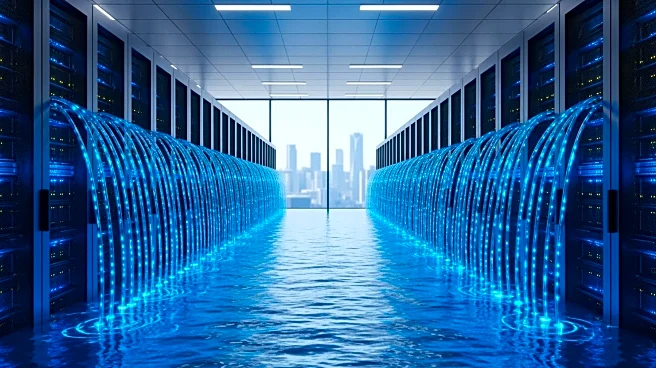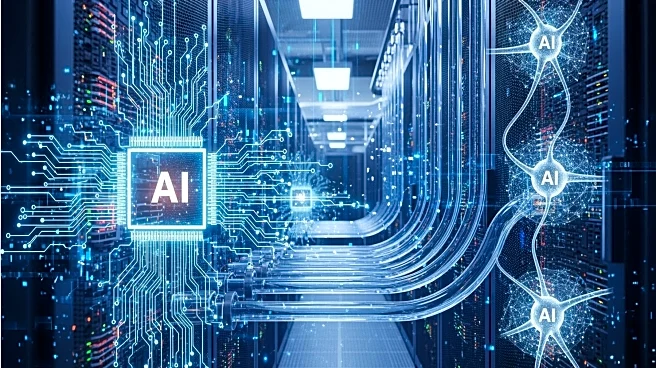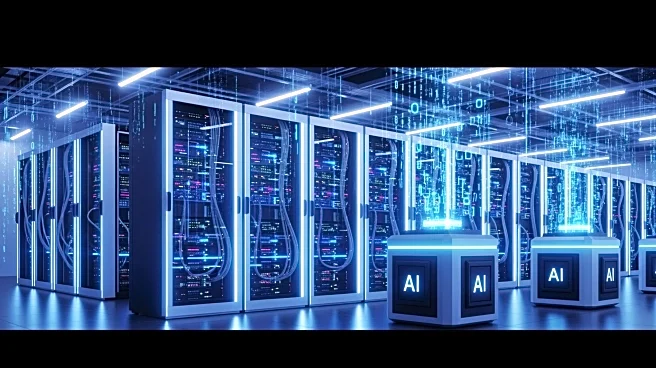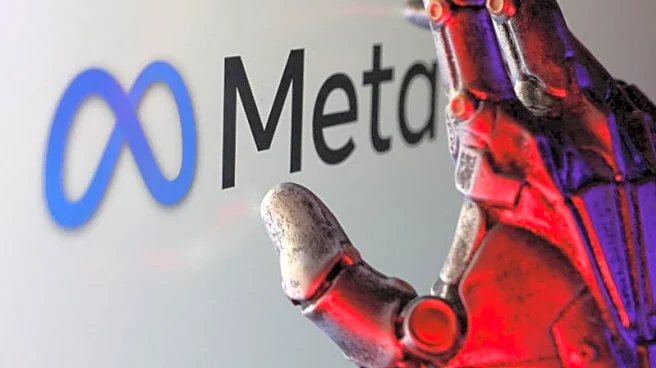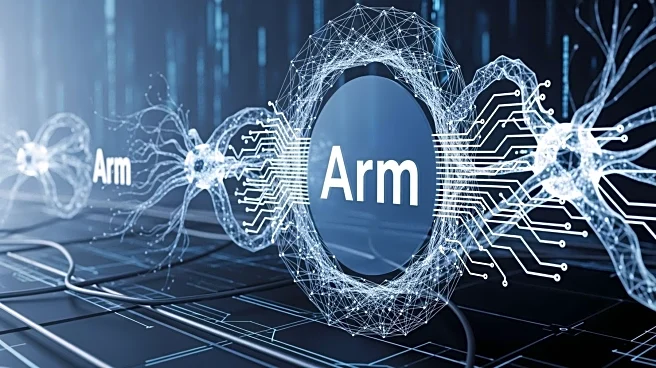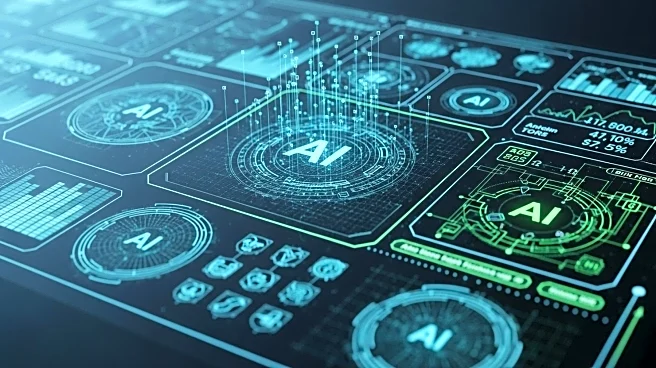What's Happening?
Data centers are increasingly adopting liquid cooling systems to transform waste heat into a valuable resource for urban heating networks. Traditionally, data centers have treated heat as a problem, using
massive HVAC systems to vent it into the air. However, with the rise of hyperscale facilities and artificial intelligence clusters, the industry is shifting towards viewing heat as a resource. Liquid cooling systems, such as direct-to-chip and immersion systems, allow data centers to capture heat at higher temperatures, making it suitable for district heating networks. This approach is already being implemented in northern Europe, where data centers like Meta's in Denmark and Microsoft's in Finland are contributing significant amounts of heat to local heating grids. These systems not only reduce cooling costs but also align with renewable energy grids, turning data centers into integrated energy assets.
Why It's Important?
The adoption of liquid cooling systems in data centers has significant implications for energy efficiency and sustainability. By capturing and reusing waste heat, data centers can reduce their carbon footprint and contribute to local heating needs, providing a tangible benefit to communities. This shift also supports the transition to renewable energy, as data centers can act as energy buffers, storing heat during peak production times and releasing it during high demand periods. The economic benefits are notable, with data centers potentially profiting from selling heat and avoiding cooling costs. Regulatory changes in Europe are encouraging this trend, with mandates for heat recovery in new data centers. This development represents a shift in perception, treating waste heat as a resource rather than a problem, and could lead to more sustainable urban energy solutions.
What's Next?
As liquid cooling systems become more prevalent, data centers are likely to play a larger role in urban energy planning. The integration of data centers into district heating networks could expand beyond northern Europe, with other regions adopting similar models. Regulatory support will be crucial, as policies mandating heat recovery and encouraging partnerships between data centers and municipalities can drive further adoption. The collaboration between utilities, municipalities, and data center operators will be essential to overcome organizational and financial barriers. If successful, this approach could significantly reduce reliance on fossil fuels for heating and contribute to more sustainable urban environments.
Beyond the Headlines
The shift towards using data center heat for urban heating networks highlights broader implications for energy management and sustainability. It challenges traditional perceptions of waste heat and encourages innovative solutions to urban energy needs. This development also raises ethical considerations about the role of technology in society, as data centers become integral to community infrastructure. The potential for data centers to support local economies and reduce environmental impact could influence future urban planning and energy policies. As technology continues to evolve, the integration of digital infrastructure with energy systems may become a key component of sustainable development strategies.
